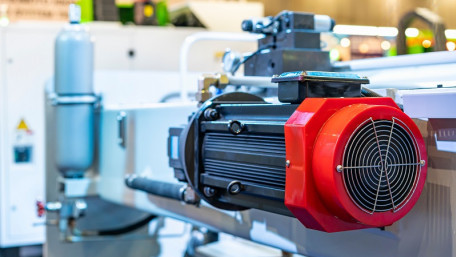
Many online sources explain how to reverse a 3-phase motor; this article will discuss the electrical principles that define why it works and how the phase…
Many online sources explain how to reverse a 3-phase motor; this article will discuss the electrical principles that define why it works and how the phase relationships determine the rotation direction.
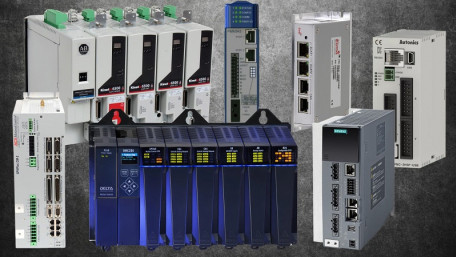
Building precise rotating or linear systems often costs a lot! When is it justified to spend the extra cost to design and…
Building precise rotating or linear systems often costs a lot! When is it justified to spend the extra cost to design and build such a system, and what are the different components and system types?

It's important to keep your system up and running without regular intervention. While every system requires maintenance,…
It's important to keep your system up and running without regular intervention. While every system requires maintenance, never overlook the critical importance of tools and training for the operators.
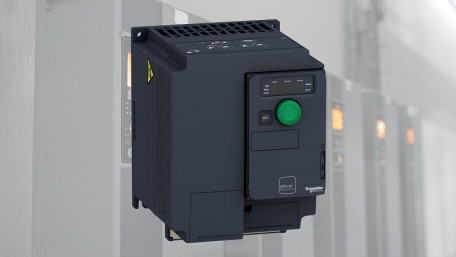
This article investigates the basic principles of inverters, different types of DC-to-AC conversion, and common…
This article investigates the basic principles of inverters, different types of DC-to-AC conversion, and common applications for generating AC voltage in manufacturing.
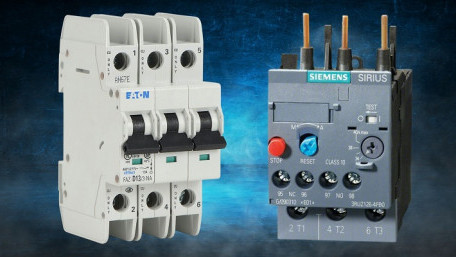
We know what a circuit breaker is meant to do: stop the flow of electricity in case of a fault or failure. But just like…
We know what a circuit breaker is meant to do: stop the flow of electricity in case of a fault or failure. But just like fuses, breakers and overloads respond differently depending on the load.
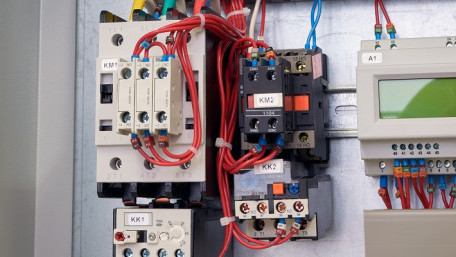
This article investigates the basic components and wiring conventions for common three-phase motor starter…
This article investigates the basic components and wiring conventions for common three-phase motor starter configurations, including direct online, reversing, and star-delta.
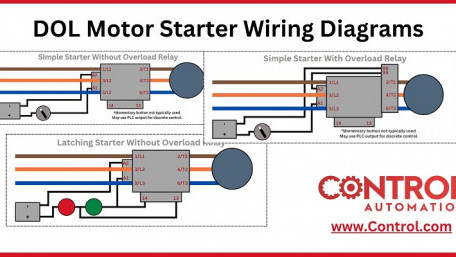
Complete wiring guide for 3-phase motor starters with and without overload (OL) relays.
Complete wiring guide for 3-phase motor starters with and without overload (OL) relays.
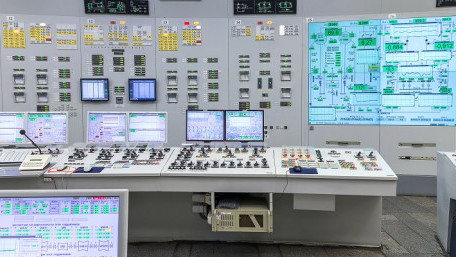
Effectively managing data includes processing it after initial collection: performing calculations, reviewing for…
Effectively managing data includes processing it after initial collection: performing calculations, reviewing for anomalies, and displaying the data for easier actionable insights.
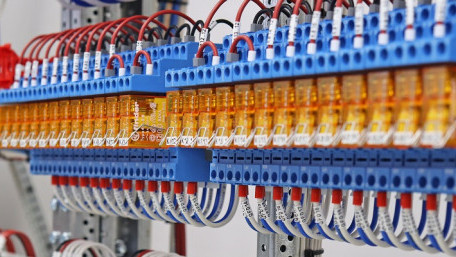
Have you ever heard of a relay? Of course you have. There are many different kinds, plus hundreds of different trade…
Have you ever heard of a relay? Of course you have. There are many different kinds, plus hundreds of different trade lingo names. What are some of the most common, and how do we use them?
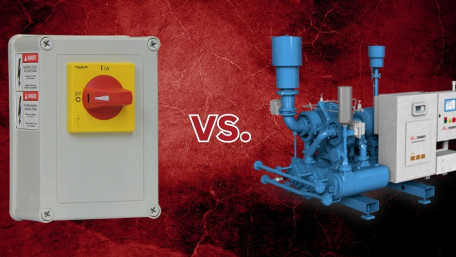
Knowing what kind of control system to use: that’s a question that must be answered before setting up the factory…
Knowing what kind of control system to use: that’s a question that must be answered before setting up the factory floor. Why would someone choose pneumatic over electrical controls?
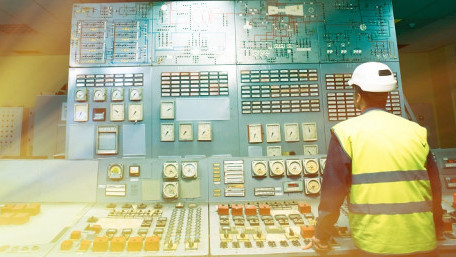
Storing data long-term for recording and reporting purposes is the job of the utility data warehouse, quite different…
Storing data long-term for recording and reporting purposes is the job of the utility data warehouse, quite different from data-collection processes that optimize systems and predict failures.
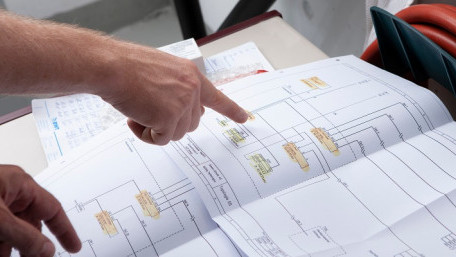
In order to trace control system problems to the core, the ability to read and interpret various resources, from…
In order to trace control system problems to the core, the ability to read and interpret various resources, from facility-level diagrams to machine-level wiring layouts, is critical.
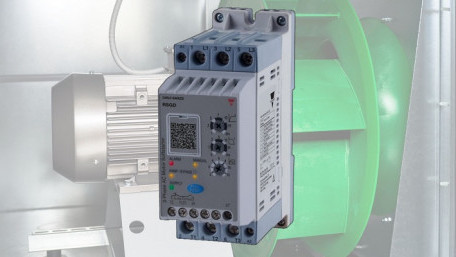
Controlling the startup of a motor not only reduces the wear on the motor, but eases the burden on the electrical supply,…
Controlling the startup of a motor not only reduces the wear on the motor, but eases the burden on the electrical supply, reducing infrastructure demands and the running cost of industrial loads.
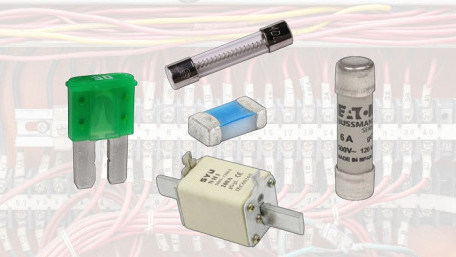
Protecting equipment and personnel from overcurrent dangers, like sparks and fires, is the primary job of the humble…
Protecting equipment and personnel from overcurrent dangers, like sparks and fires, is the primary job of the humble fuse, one of the most basic, yet critical of all safety devices.
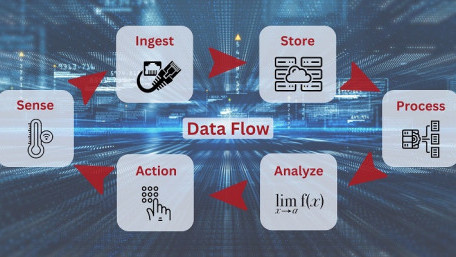
We conclude the data flow project with the step of developing a business intelligence dashboard to present machine data,…
We conclude the data flow project with the step of developing a business intelligence dashboard to present machine data, at a reliable schedule, to a leadership or maintenance team.
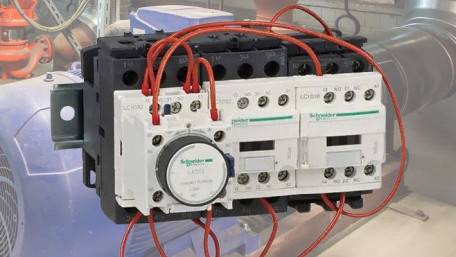
Digital controls like VFDs and soft starts have advantages by elongating start time, but simple strategies for starting…
Digital controls like VFDs and soft starts have advantages by elongating start time, but simple strategies for starting motors with a reduced current draw, like star-delta (or wye-delta) are common.
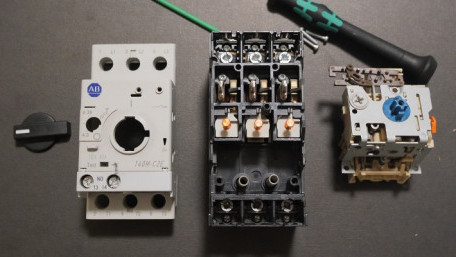
We depend on circuit breakers all the time, even when you have a day off or work from home. These overcurrent protection…
We depend on circuit breakers all the time, even when you have a day off or work from home. These overcurrent protection devices keep machines running safely, reducing the risk of fires and arcing.

For large process systems, learn how the location of data indication and flag processing can increase or decrease the…
For large process systems, learn how the location of data indication and flag processing can increase or decrease the burden on computers at the device, RTU, or main computer level.
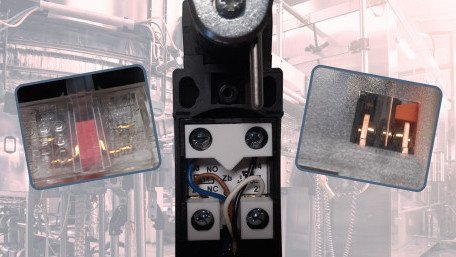
Some terminology, like 'normally open' and 'normally closed' switch contacts, is common throughout industry but can still…
Some terminology, like 'normally open' and 'normally closed' switch contacts, is common throughout industry but can still be confusing, misleading, or even hazardous if not properly understood.

Power systems rely on meaningful data, as do most other processes. Within SCADA environments, individual data points are…
Power systems rely on meaningful data, as do most other processes. Within SCADA environments, individual data points are tracked, compared to limits, and evaluated to obtain current readings.
